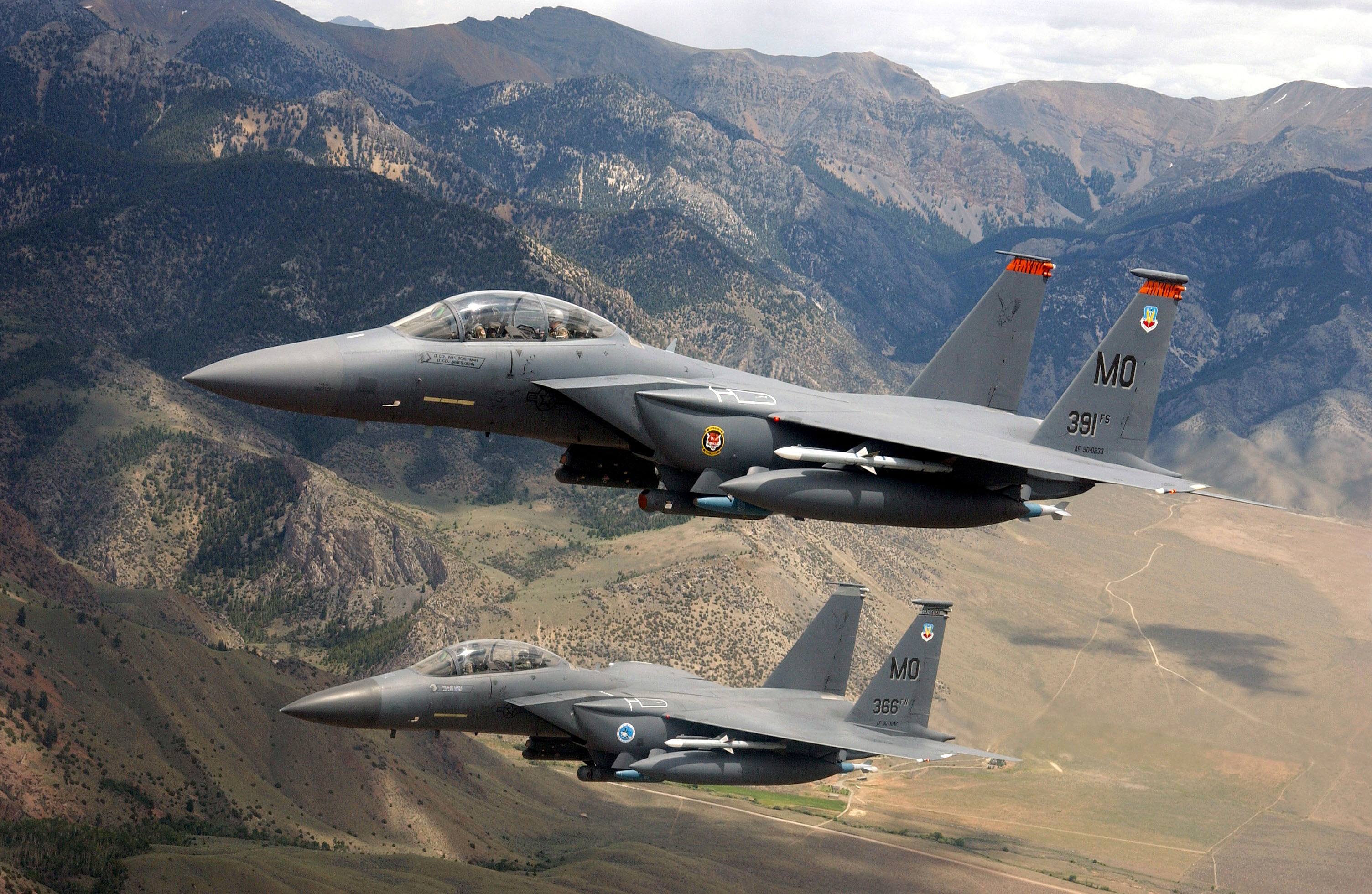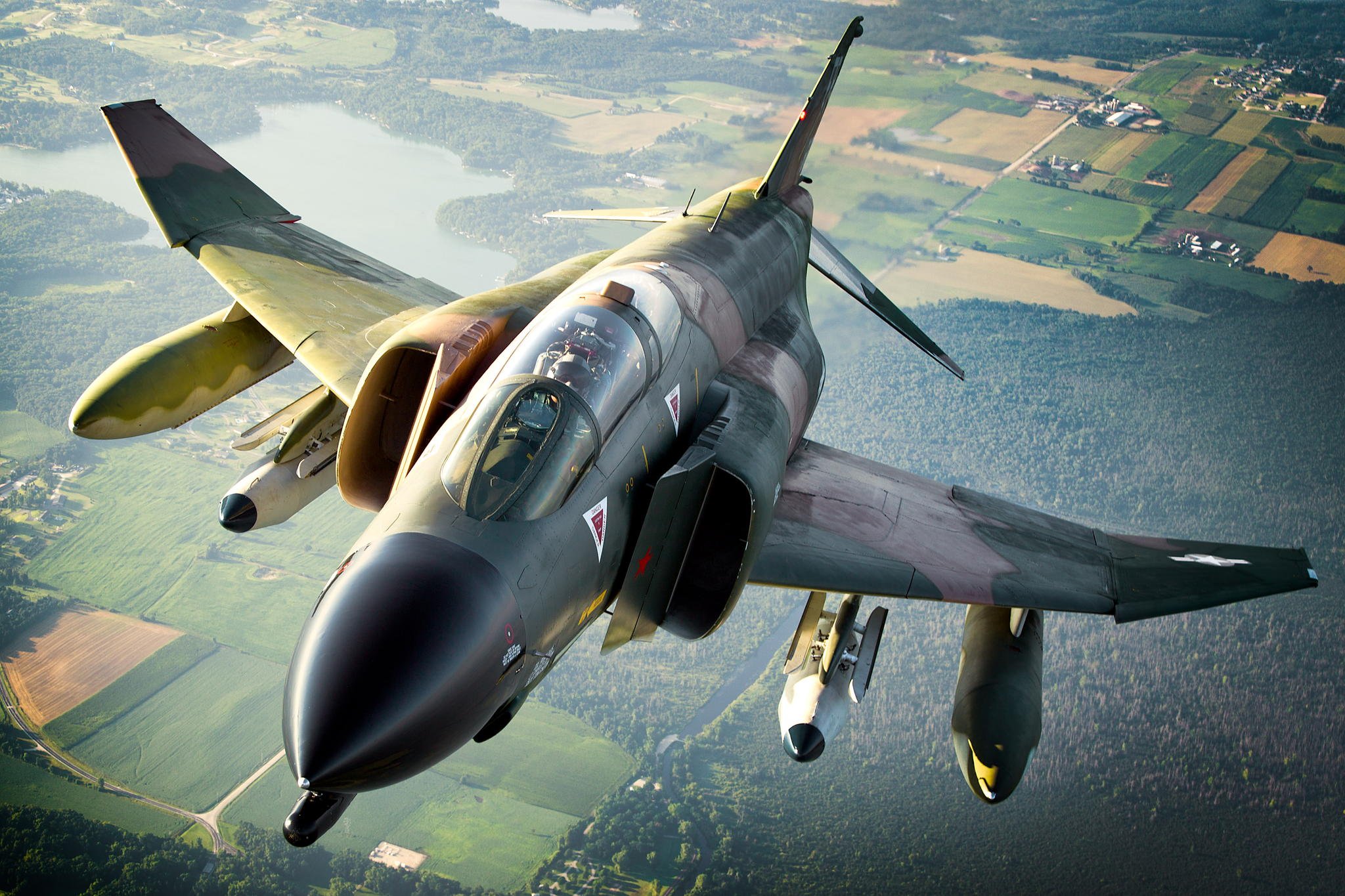Fighter Jets Over Houston Today: Unraveling The Skies
The sight of powerful, sleek **fighter jets over Houston today** can be an awe-inspiring spectacle, sparking curiosity, excitement, and sometimes, a touch of concern. Whether it's the roar of engines overhead during a routine training exercise, a ceremonial flyover, or an unexpected national security alert, these aerial marvels command attention. For many, the appearance of these high-performance aircraft ignites a fascination with aviation and the incredible skill of the pilots who command them, often fueled by dramatic portrayals in popular culture.
Houston, a sprawling metropolis with significant military ties and a major aerospace industry presence, is no stranger to military aircraft. Understanding why these formidable machines might be gracing our skies, who operates them, and what their presence signifies is key to appreciating both their operational necessity and their profound impact on our collective imagination. This article delves into the realities behind these aerial sightings, separating fact from fiction and providing context for the powerful presence of fighter jets in our modern world.
Table of Contents
- The Skies Over Houston: A Hub of Activity
- Beyond the Hype: Understanding Real-World Fighter Jet Operations
- The Elite Few: The Life and Training of a Fighter Pilot
- From Silver Screen to Real Sky: The Cultural Impact of Fighter Jets
- National Security and Local Vigilance: Houston's Role in Air Defense
- Verifying Sightings: How to Get Reliable Information
- When the Unexpected Happens: Protocols and Public Safety
- The Future of Aerial Dominance: What's Next for Fighter Jets
The Skies Over Houston: A Hub of Activity
Houston's airspace is among the busiest in the United States, serving as a major hub for commercial aviation, general aviation, and occasionally, military operations. The presence of military aircraft, including fighter jets, is not uncommon, though their specific activities are often subject to strict protocols and security clearances. When you observe **fighter jets over Houston today**, it's usually part of a planned and controlled operation. The region's strategic importance, proximity to military bases, and the sheer volume of air traffic contribute to the dynamic nature of its skies.
Why You Might See Fighter Jets Over Houston
There are several common reasons why you might witness fighter jets in the Houston area:
- Training Exercises: The most frequent reason. Pilots need continuous training to maintain their unparalleled mastery with weapons and armor, and a thorough knowledge of the skills of combat. This includes aerial maneuvers, simulated combat, and navigation drills. Nearby military installations, such as Ellington Field Joint Reserve Base, serve as critical hubs for such activities.
- Airshows and Public Events: Houston occasionally hosts airshows, where military aircraft perform impressive aerial demonstrations. These events are designed to showcase the capabilities of the armed forces and inspire public interest in aviation. Flyovers for major sporting events or national holidays are also common.
- Transit and Refueling: Fighter jets often pass through Houston airspace on their way to other destinations, sometimes requiring refueling stops at airfields capable of handling military aircraft.
- Homeland Defense: In rare instances, fighter jets may be scrambled as part of North American Aerospace Defense Command (NORAD) operations to intercept or investigate unauthorized aircraft or potential threats. They are now the first responders to any hostile activity within U.S. airspace.
- VIP Escorts: On very rare occasions, fighter jets might be part of an escort for high-profile government officials or international dignitaries.
Identifying Military Aircraft: A Quick Guide
While all military jets are impressive, not all are "fighter jets." The term "fighter jet" specifically refers to aircraft designed primarily for air-to-air combat and ground attack roles. In the U.S. inventory, these include:
- F-15 Eagle/Strike Eagle: A dominant air superiority fighter.
- F-16 Fighting Falcon: A versatile multirole fighter.
- F-22 Raptor: The premier stealth air superiority fighter.
- F-35 Lightning II: A cutting-edge multirole stealth fighter.
- A-10 Thunderbolt II (Warthog): Primarily a close air support aircraft, but often seen.
Beyond the Hype: Understanding Real-World Fighter Jet Operations
The reality of fighter jet operations is far more complex and disciplined than often portrayed in fiction. While movies might highlight a "reckless yet brilliant squadron leader and his team of elite fighter pilots," the real world emphasizes meticulous planning, strict adherence to safety protocols, and continuous training. Every flight, whether a routine training sortie or a response to an emergency, is part of a larger, highly coordinated system involving air traffic control, ground crews, intelligence analysts, and command centers.
These operations are governed by the Federal Aviation Administration (FAA) for civilian airspace integration and by military regulations for specific training areas. Pilots adhere to precise flight plans, altitude restrictions, and communication protocols to ensure safety for both military and civilian air traffic. The U.S. military maintains an incredibly high standard for its aircrews, ensuring that any **fighter jets over Houston today** are operated by highly trained professionals committed to safety and mission effectiveness. The dedication required to operate these machines safely and effectively is immense, reflecting years of rigorous training and continuous skill development.
The Elite Few: The Life and Training of a Fighter Pilot
Becoming a fighter pilot is one of the most challenging and demanding career paths in the military. It requires not only exceptional physical and mental fortitude but also an unparalleled aptitude for aviation, strategic thinking, and leadership. These individuals are handpicked from across the U.S. Air Force, Navy, and Marine Corps, representing the pinnacle of combat aviation. They comprise of the best combat aviators, undergoing years of intensive training before they are cleared to fly the nation's most advanced aircraft.
Dedication and Discipline: The Path to Becoming an "Air Dragon"
The journey to becoming a fighter pilot, often metaphorically referred to as an "Air Dragon" for their mastery of the skies, is arduous:
- Academic Rigor: A bachelor's degree is required, often in STEM fields, followed by officer training.
- Flight School: Initial flight training teaches basic aviation skills, followed by specialized undergraduate pilot training (UPT) where candidates learn to fly military jets.
- Advanced Training: Those selected for fighter tracks proceed to advanced fighter training, mastering complex maneuvers, air-to-air combat tactics, and weapon systems. This phase often involves hundreds of hours in high-performance jets.
- Continuous Learning: Even after earning their wings, fighter pilots undergo continuous training, including simulator sessions, live-fire exercises, and advanced tactical courses. They are well acquainted with death, both meting it out and staring it in the face, making their training exceptionally realistic and demanding.
From Silver Screen to Real Sky: The Cultural Impact of Fighter Jets
The allure of fighter jets extends far beyond their military utility. They are symbols of power, speed, and technological prowess, captivating the public imagination through movies, documentaries, and news coverage. The dramatic portrayals of aerial combat and the lives of fighter pilots often spark a deeper interest in real-world aviation and defense. This cultural fascination plays a significant role in how the public perceives and reacts to the presence of **fighter jets over Houston today**.
The "Fighter" Movie Phenomenon and Public Fascination
A recent example of this cultural impact is the Bollywood military drama "Fighter," which has drawn heavy inspiration from classics like "Top Gun." "Fighter" is a Hindi language aerial action thriller, produced by Viacom18 Studios and Marflix Pictures, starring Hrithik Roshan, Deepika Padukone, and Anil Kapoor in the lead roles. Helmed by Siddharth Anand, the movie tells a story of top Indian Air Force (IAF) aviators coming together in the face of imminent danger to battle the country's internal and external threats.
The film, with a runtime of 2 hours and 40 minutes, portrays a reckless yet brilliant squadron leader and his team of elite fighter pilots facing mortal dangers and inner demons as they unite for a deadly mission. "Fighter" is the story of "Air Dragons" who are willing to make the ultimate sacrifice. While it has received moderate reviews from critics and viewers (IMDb score of 6.2), its very existence highlights the global fascination with military aviation and the heroism associated with fighter pilots. Movies like "Fighter" and "Top Gun" not only entertain but also shape public perception, often leading to questions and excitement when real **fighter jets over Houston today** are spotted. They showcase the skill, courage, and high stakes involved in aerial combat, resonating with audiences worldwide and fueling the public's enduring interest in these incredible machines and the brave individuals who fly them.
National Security and Local Vigilance: Houston's Role in Air Defense
As a major metropolitan area and a critical economic hub, Houston plays an integral role in the broader national security framework of the United States. The presence of military air assets, including fighter jets, underscores the constant vigilance required to protect U.S. airspace. While most sightings are routine, the underlying capability for rapid response is always present.
NORAD, in conjunction with the Federal Aviation Administration (FAA), maintains continuous surveillance of U.S. airspace. Any unauthorized or anomalous activity can trigger a response from fighter jets stationed at various bases across the country. These pilots are the nation's first responders to any hostile activity, ready to intercept, identify, and neutralize threats. The very presence of **fighter jets over Houston today**, even during training, serves as a visible reminder of this robust defense posture, assuring citizens of the constant readiness of their armed forces to protect the homeland. The infrastructure supporting these operations, from radar installations to communication networks, forms an invisible shield over our cities.
Verifying Sightings: How to Get Reliable Information
In the age of instant information, it's easy for rumors to spread quickly. If you see **fighter jets over Houston today** and are curious about their activity, it's important to seek reliable sources.
- Official Military Channels: Check the official social media accounts or news releases from local military bases (e.g., Ellington Field Joint Reserve Base) or the U.S. Air Force, Navy, or Marine Corps. They often announce planned exercises or public events.
- Local News Outlets: Reputable local news stations or newspapers will often report on significant military air activity, especially if it's part of a public event or if it causes widespread public interest.
- Flight Tracking Apps (with caution): Apps like FlightAware or FlightRadar24 can sometimes show military aircraft, though many military flights are not publicly tracked for security reasons. If a military flight is visible, it's typically a transport or support aircraft, or a fighter jet on a non-sensitive flight path.
- FAA Advisories: For major air traffic changes or temporary flight restrictions (TFRs) related to military operations, the FAA issues NOTAMs (Notices to Airmen). These are highly technical but can confirm large-scale military exercises.
When the Unexpected Happens: Protocols and Public Safety
While the sight of **fighter jets over Houston today** is usually benign, public safety is paramount during any military operation. In the extremely rare event of an emergency involving a military aircraft, strict protocols are in place:
- Emergency Response: Military and civilian emergency services are highly coordinated to respond to any incident.
- Public Advisories: Authorities will issue immediate public advisories through emergency alert systems, local news, and official social media channels.
- Evacuation/Shelter-in-Place: Depending on the nature of the emergency, specific instructions for evacuation or sheltering in place may be issued.
- No Approach Policy: The public should never approach the scene of an aircraft incident for safety reasons and to allow first responders to do their work.
The Future of Aerial Dominance: What's Next for Fighter Jets
The evolution of fighter jets is a continuous process, driven by advancements in technology and changing geopolitical landscapes. The future promises even more sophisticated aircraft, potentially with greater stealth capabilities, artificial intelligence integration, and hypersonic speeds. Concepts like sixth-generation fighters are already in development, aiming to redefine aerial combat.
These future aircraft will likely feature enhanced connectivity, allowing them to operate seamlessly as part of a larger network of manned and unmanned systems. The role of the human pilot will also evolve, potentially shifting towards mission command and strategic oversight, while AI handles more tactical elements. This ongoing innovation ensures that the United States maintains its aerial dominance and continues to field the most advanced aircraft, capable of protecting its interests and responding to threats globally. The **fighter jets over Houston today** represent a legacy of innovation that continues to push the boundaries of what's possible in the skies.
Conclusion
The presence of **fighter jets over Houston today** is a multifaceted phenomenon, encompassing routine military operations, the rigorous training of elite pilots, and the enduring cultural fascination with these incredible machines. From the precise maneuvers of an F-16 during a training exercise to the symbolic flyover at a public event, each sighting offers a glimpse into the sophisticated world of military aviation. While popular culture, like the movie "Fighter," may glamorize aspects of this world, the reality is one of profound dedication, advanced technology, and unwavering commitment to national security.
Understanding the reasons behind these sightings, the professionalism of the pilots, and the robust defense systems in place allows us to appreciate the vital role these aircraft play in our safety and security. The next time you hear that distinctive roar overhead, you'll have a deeper appreciation for the complex ecosystem of air defense and the remarkable individuals who protect our skies.
Did you find this information helpful? Share your thoughts in the comments below or share this article with friends who might be curious about the fighter jets they see! For more insights into aviation and defense, explore other articles on our site.

Exploring The World Of Fighter Jets: A Comprehensive Guide For 2024

f 4, Fighter, Jet, Bomber, Phantom, Airplane, Plane, Military, 74

Fighter 2024 Wallpapers | Fighter 2024 HD Images | Photos fighter-16